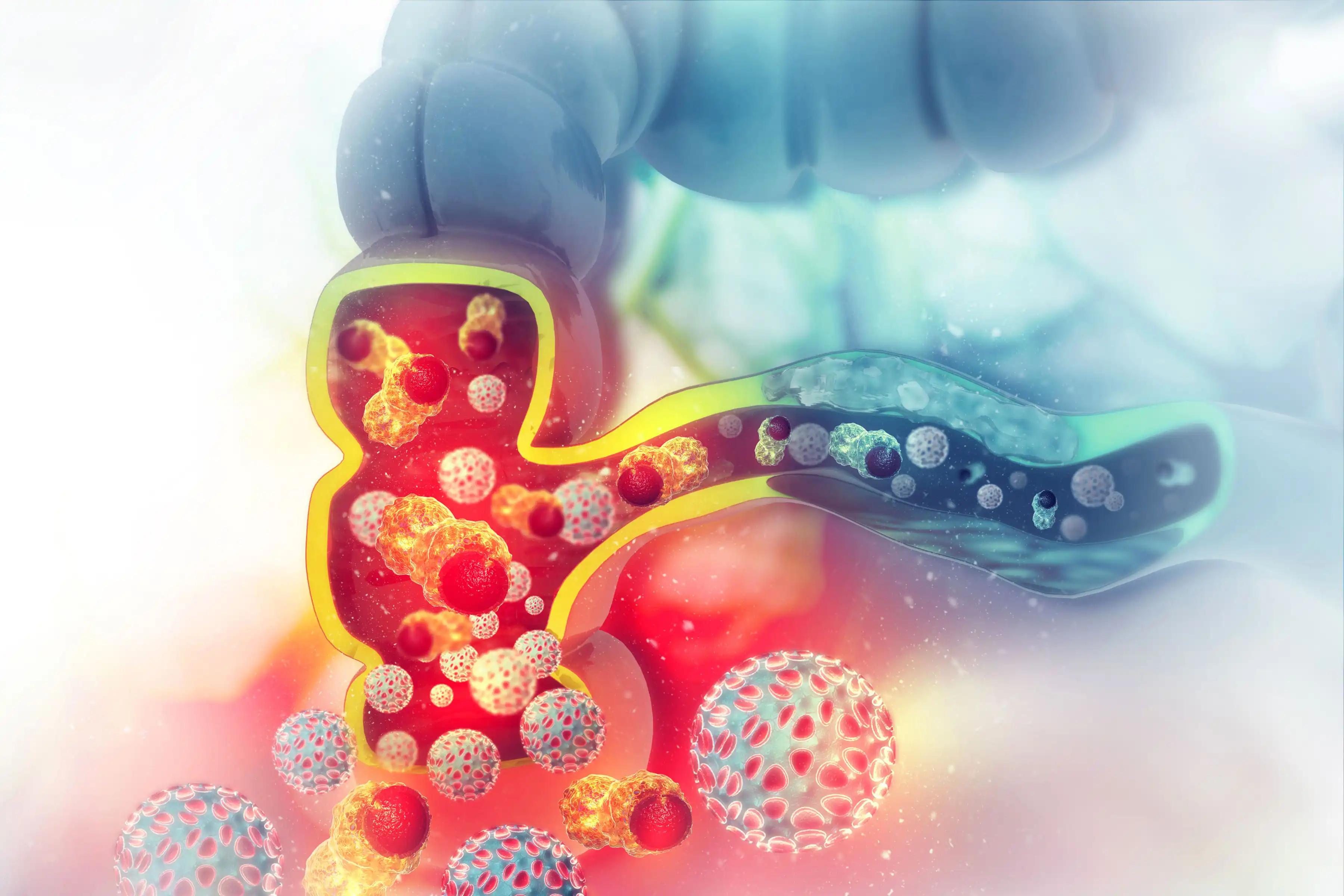KEY TAKEAWAYS
- The study aimed to explore ex vivo MRE as a diagnostic tool for assessing biomechanical markers of cell viability in CRLM.
- MRE could identify biomechanical changes, potentially guiding personalized therapy for patients with CRLM.
Colorectal cancer ranks as the third most prevalent malignancy globally, with up to 50% of patients developing liver metastases (CRLM) within 5 years. The need for new diagnostic tools is critical to enhance and tailor therapeutic strategies.
Lisa-Marie Skrip and the team aimed to propose that ex vivo magnetic resonance elastography (MRE), combined with histological and radiological evaluation of CRLM, could identify biomechanics-based diagnostic markers for assessing cell viability in tumors.
Researchers examined 34 CRLM samples from patients who underwent liver resection, using ex vivo MRE across frequencies from 500 Hz to 5300 Hz. A single-frequency analysis for shear wave speed and penetration was performed to measure stiffness and viscosity.
A spring-pot model and power-law exponent α were used for rheological analysis, ranging between 0 (complete solid behavior) and 1 (complete fluid behavior). The histological evaluation involved H&E staining and assessing tumor regression, nucleus size, shape, and density. Radiological responses were evaluated using RECIST criteria.
The results showed that 5 samples had a significant response to chemotherapy, 6 had a partial response, and 23 showed no response. Higher shear wave speeds at frequencies above 2100 Hz correlated with more significant tumor regression (P≤ 0.05), indicating stiffer tissue with fewer viable cancer cells.
Rheological analysis revealed more elastic-solid properties in tumors with low cell viability and primary response (α = 0.43, IQR: 036-0.47) compared to those with higher viability and no response (α = 0.51, IQR 0.48-0.55, P= 0.03). Quantitative histological analysis showed decreased nuclear area, density, and a higher nuclear aspect ratio in patients with a major response compared to patients with no response (all P< 0.05).
The study concluded that MRE could effectively characterize biomechanical changes linked to cell viability in CRLM. This technique holds potential for future clinical application, aiding in developing personalized therapy plans for CRLM patients.
The study was funded by the German Research Foundation and the Berliner Krebsgesellschaft. Open Access funding enabled and organized by Projekt DEAL.
Source: https://pubmed.ncbi.nlm.nih.gov/39152426/
Skrip LM, Moosburner S, Tang P, et al. (2024). “Viscoelastic properties of colorectal liver metastases reflect tumor cell viability.” J Transl Med. 2024 Aug 16;22(1):774. doi: 10.1186/s12967-024-05559-z. PMID: 39152426; PMCID: PMC11328469.



